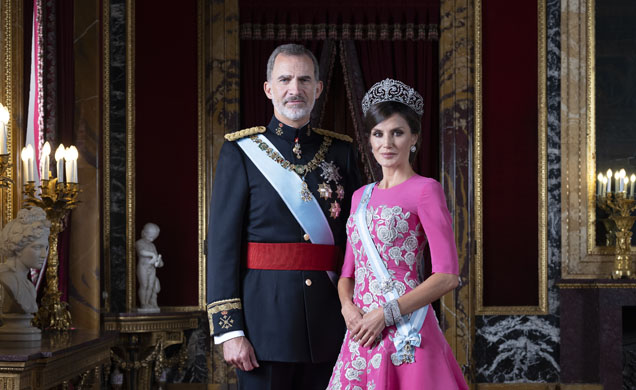
With rumours of an imminent announcement for a Japanese State Visit to the United Kingdom, which would mark a slow return to normality for the British Royals, and current State Visits from Spain to the Netherlands and to Belgium from Luxembourg, it only feels appropriate to take a look at what a State Visit is, and what it entails.
State Visits are the highest form of diplomatic trips, and can only be carried out by a Head of State at the invitation of another Head of State. This makes them much rarer than they are portrayed in media, as not every trip done by State representatives can be classified as a State Visit.
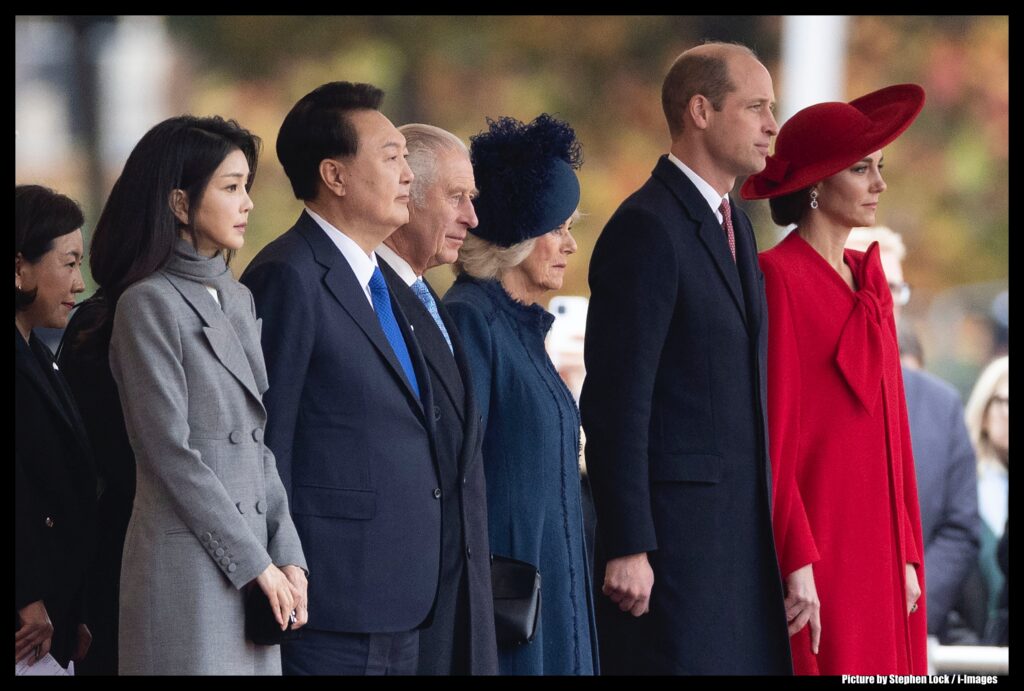
This is the case of Prime Ministers’ visits to other countries, which, at the most, can be qualified as Official Visits – the same qualification that belongs to trips made by members of a royal family that are not the Monarch. Even if the trip is made in representation of the Monarch, it is still not a State Visit.
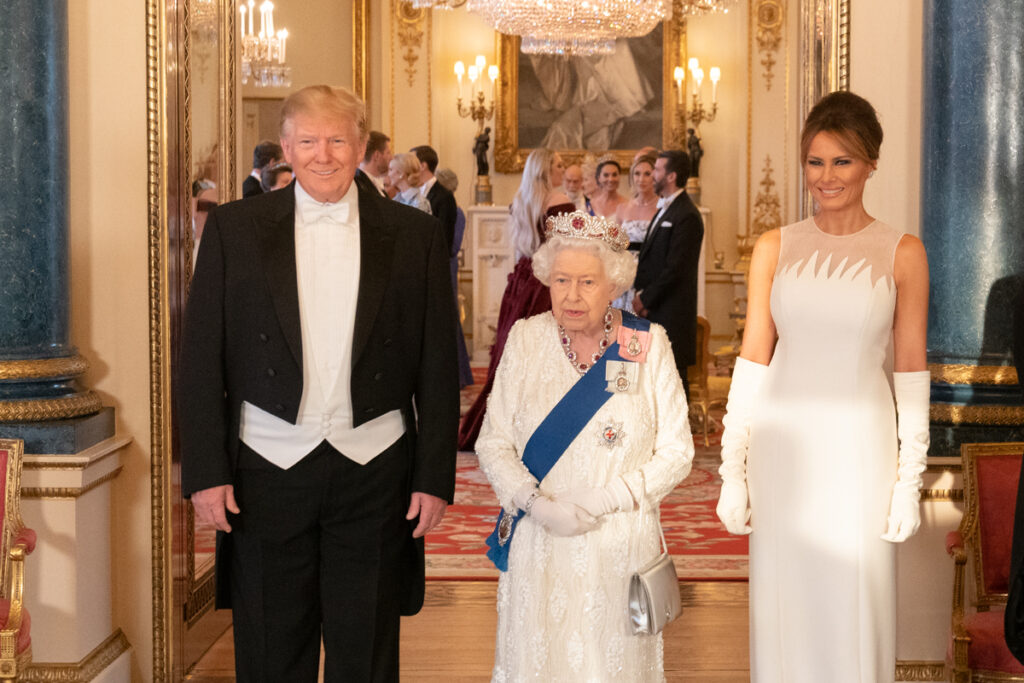
(Official White House Photo by Shealah Craighead) The White House from Washington, DC, Public domain, via Wikimedia Commons
With this dry yet important classification in mind, it is evident now why State Visits have acquired, over the course of the years, an almost mystical aura. Because they are so rare (some countries even limit the amount of State Visits that they can host each year), they require host nations to pull out all the stops.
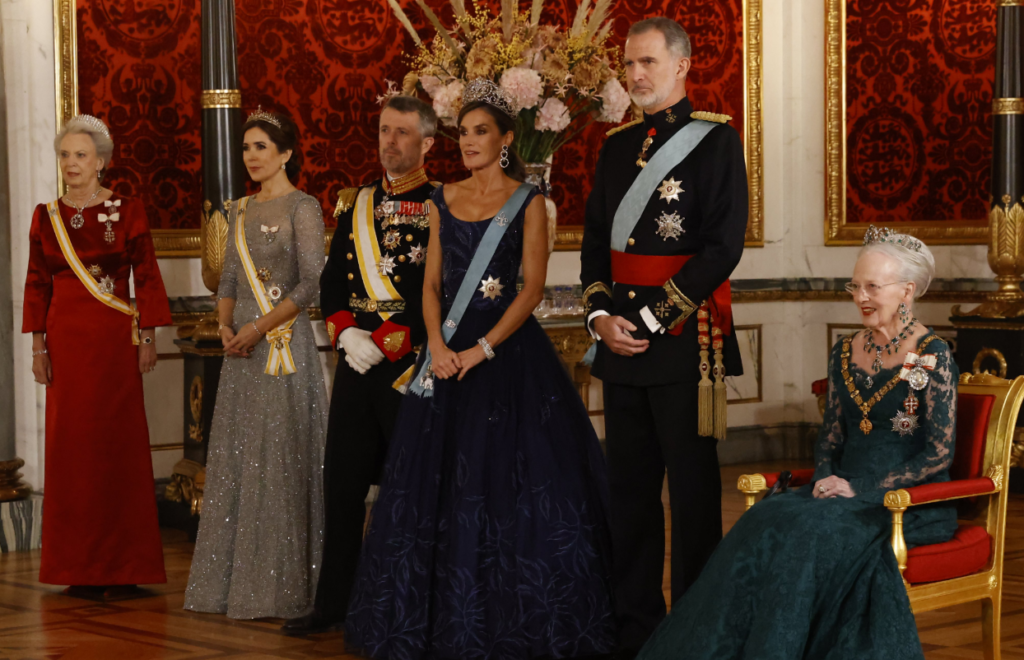
(Casa de S.M. el Rey)
The most glamorous moment, and the one everyone waits for, is the State Dinner. Also known as State Banquet in some countries, it is generally held on the first night of the visit, most of the time in the biggest room of the Head of State’s representative Palace.
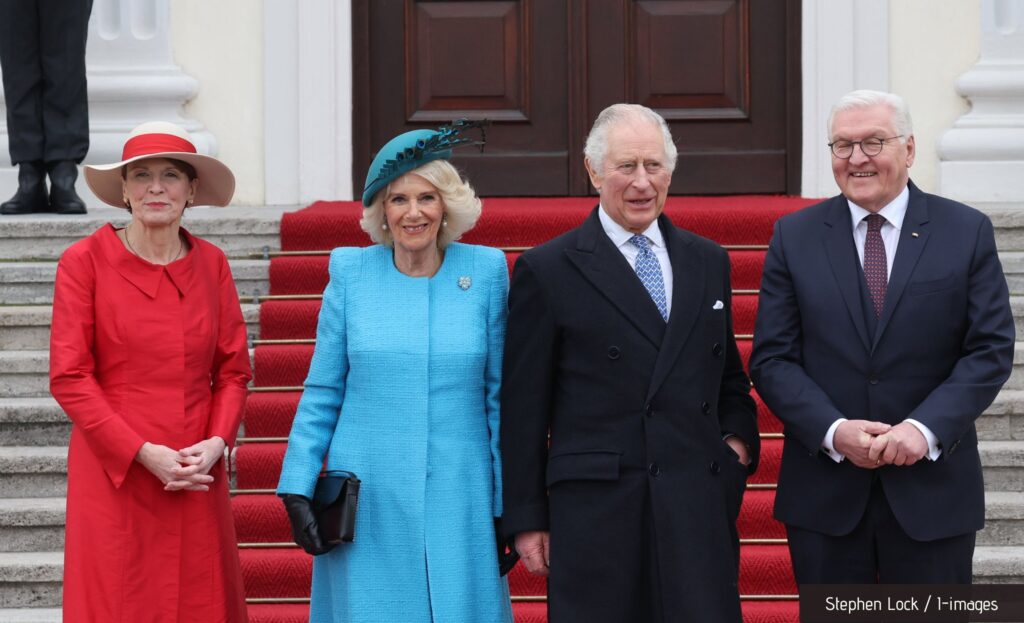
The dress code would require white tie or gala uniforms for men, and long evening gowns and full versions of orders for women. Royal women must also wear tiaras, which is what makes Monarchy-to-Monarchy State Visits the most awaited events of the year.
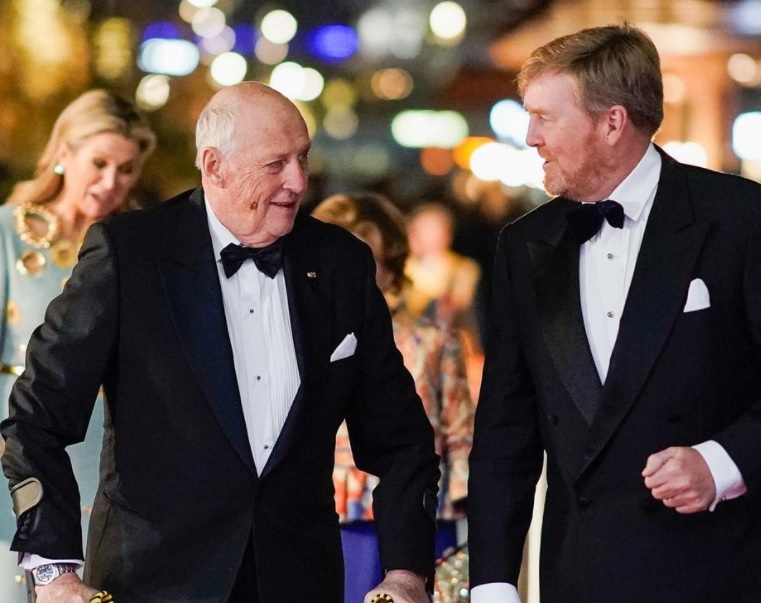
(Photo by Det Kongelige Hoff)
In Republics, and forms of Government other than Monarchies, the host Head of State and the First Lady will act as chaperones for most of the activities planned for the visit; in Monarchies, this role often falls upon other members of the royal family, often with an eye on common causes supported by the royal in question and the visiting Head of State.
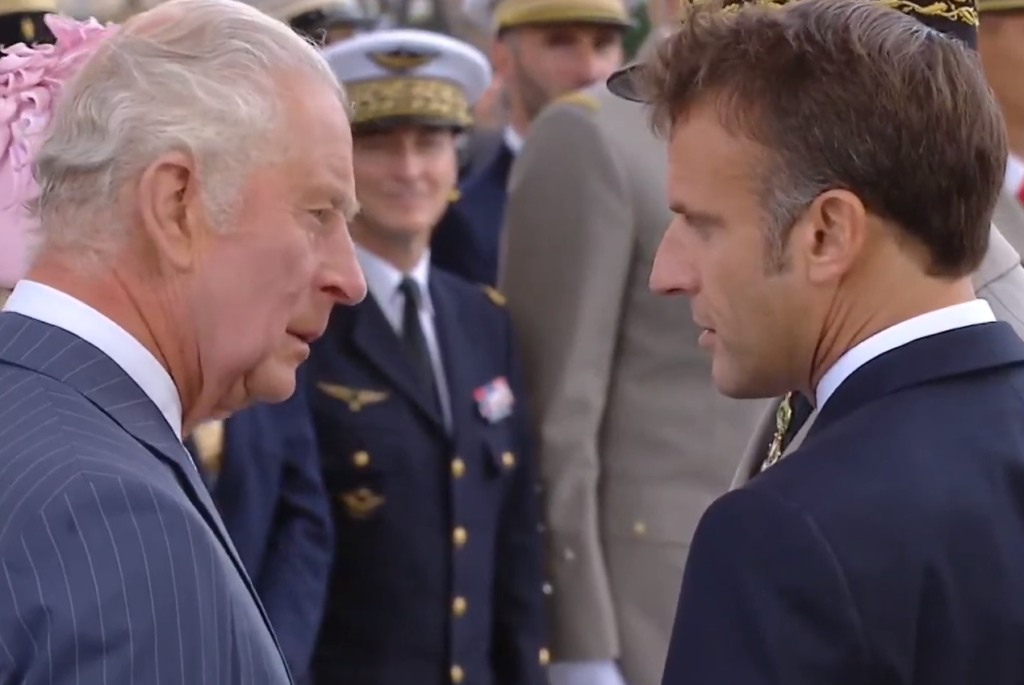
The second or final night (depending on how long the Visit actually is), there should be a “reciprocity dinner”, meaning that the guest Head of State invites its hosting counterpart to a dinner (this is usually less glamorous than the State Dinner) to thank them, and, through them, the whole nation, for the hospitality.
These days, however, there are fewer and fewer countries that go all out on State Visits, to the point of almost or totally imitating the level of protocol of official visits; state dinners are no longer a white tie affair, but they rather opt for a black tie dress code. The thank you dinner is often substituted by a cultural event organised by the guest Head of State for its hosting counterpart, and most other crucial events, like the arrival parade through the streets of the capital city, or the solemn homage to the tomb of the unknown soldier, are substituted by smaller affairs.
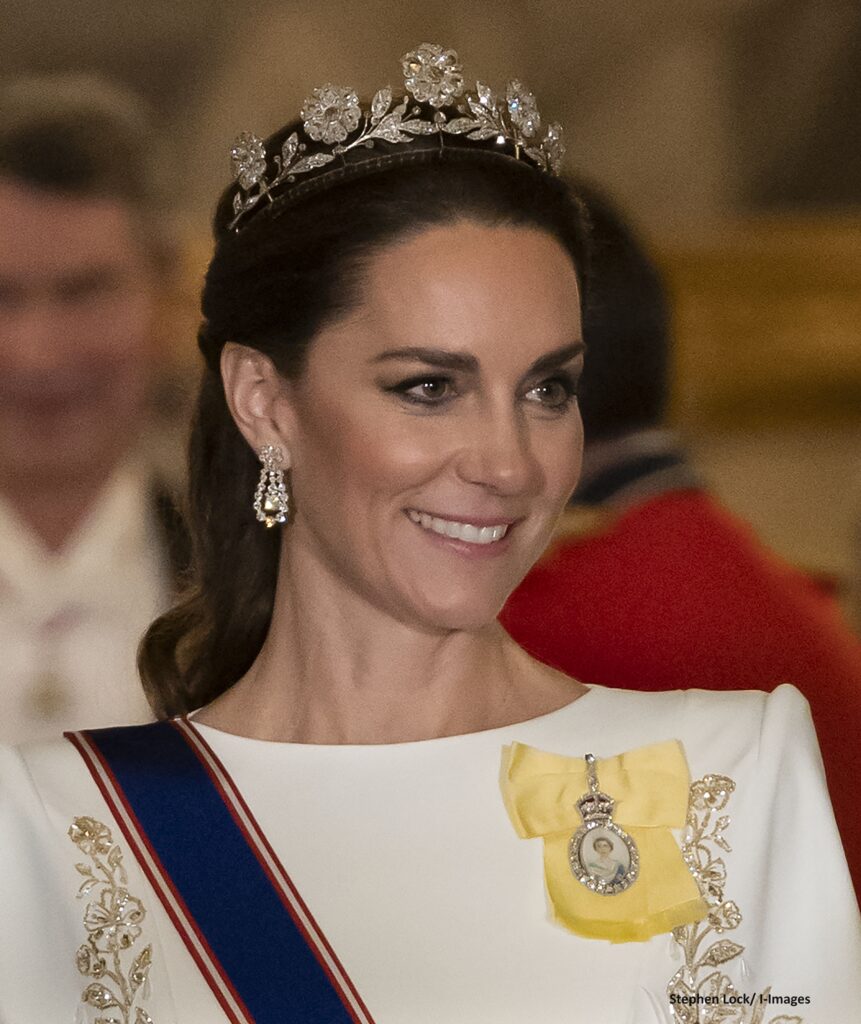
Nonetheless, Monarchy-to-Monarchy State Visits are still an exception to this general decline, giving them the aura of a fairytale. What this does for diplomatic relations is incalculable…

